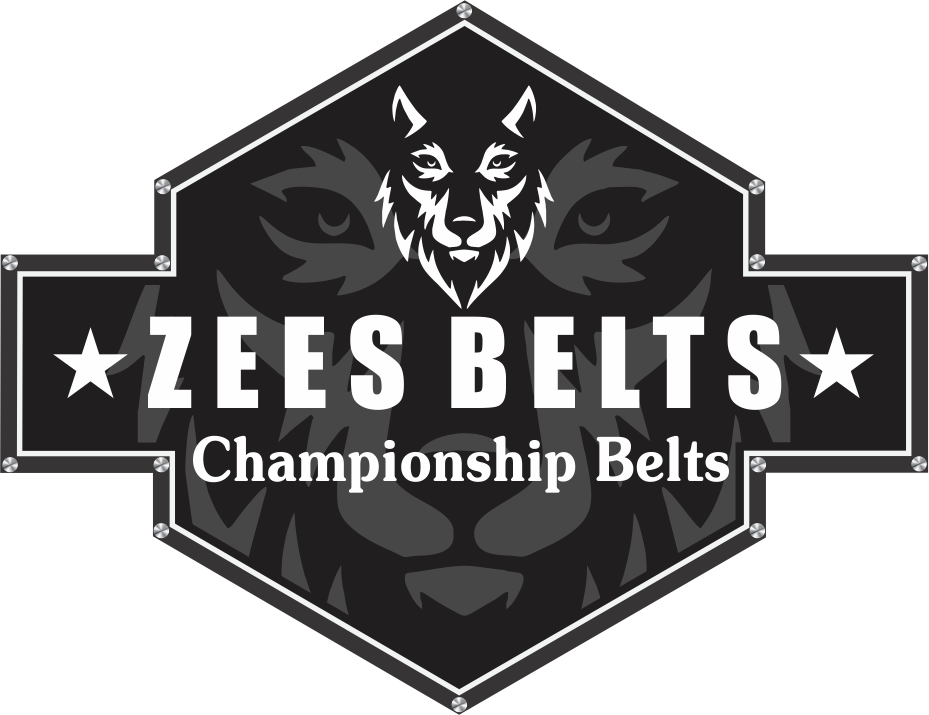Introduction:
The World Wrestling Federation (WWF), known today as WWE, has long captivated audiences with its blend of athletic prowess and theatrical storytelling. Central to this allure are the WWF Championship belts, symbols of wrestling excellence and storied history. This article explores the evolution, design, and significance of these iconic belts.
The Early Days:
The WWF Championship belt's history traces back to the early days of professional wrestling. Initially, these belts were simple in design, focusing more on symbolizing victory than on aesthetic appeal. The earlier versions were characterized by modest leather straps and small, gold-plated metal plates.
Evolution of Design:
Over the years, the design of the WWF Championship belts underwent significant transformations. Each era brought a new style, reflecting the changing face of the WWF. The 80s and 90s saw belts become larger and more ornate, mirroring the larger-than-life personalities of wrestlers like Hulk Hogan and The Ultimate Warrior.
Iconic Belt Designs:
Certain designs have become iconic in the wrestling world. The "Winged Eagle" belt, introduced in the late 80s, is often remembered for its intricate eagle design and association with legendary matches. The "Attitude Era" belt, with its bold, edgy look, symbolized a new direction for the WWF in the late 90s.
Craftsmanship and Materials:
The craftsmanship of WWF belts evolved with technology. High-quality leather straps and metal plates with detailed embossing and enameling became standard. The belts are not just accessories; they are crafted to be durable and visually striking.
Symbolism and Prestige:
Beyond their physical appearance, these belts represent the pinnacle of success in professional wrestling. Holding a WWF Championship belt is a testament to a wrestler's skill, charisma, and connection with the audience. It's a dream of many aspiring wrestlers to one day wear this symbol of excellence.
The Belt as a Storytelling Device:
In the world of professional wrestling, belts are more than awards; they are integral to storytelling. They symbolize rivalries, victories, and defeats, playing a crucial role in building narratives and characters.
Conclusion:
The WWF Championship belts, with their rich history and evolving design, are more than mere accessories in the world of professional wrestling. They are coveted symbols of success, representing the hard work, dedication, and charisma required to reach the pinnacle of this thrilling sport. Their legacy continues to inspire both wrestlers and fans, embodying the spirit of the WWF (now WWE) and its enduring impact on sports entertainment.
